Minds On
Time to warm up!
Don’t forget to do your safety check!
Warm Up
Warm up
Find a comfortable position. It’s time to breathe like a dragon. Take a deep breath in, and when you breathe out through your mouth, pretend that you are breathing out fire. Breathe out fast, letting the air swish.
Access this audio recording entitled “Dragon Breathing Warm Up” to experience a guided warm up.
Dragon Breathing Warm Up

Let’s get started!
Explore the video of Ella performing like a koala in the Big Top Academy.
What do you notice about Ella’s performance?
Action
Get ready, get set…

In Ella’s performance, she shares all of her skills that she has learned at Big Top Academy.
She practised her trapeze skills but also learned about the koala bear.
She learned that the koala lives in trees and learned about what the koala liked to eat.
Explore the following video of a koala bear waking up.
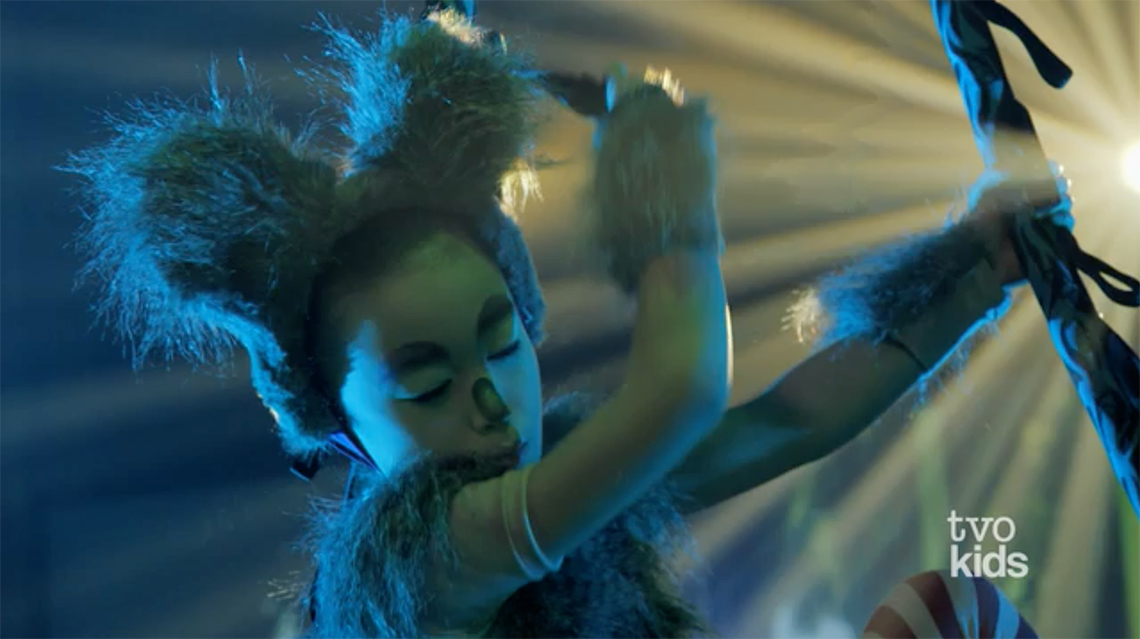
Ella pretends to wake up like a koala bear.
Explore the video of a koala eating.
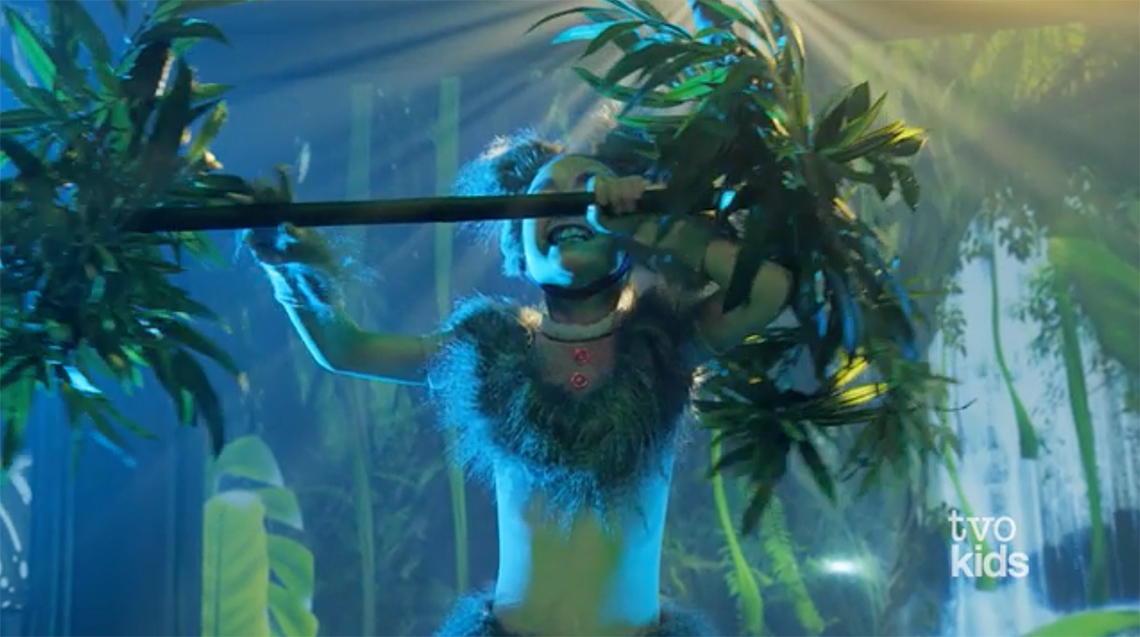
Ella pretends to eat a eucalyptus tree leaf in her performance. This is one of the plants that koalas eat.
How did learning about a koala’s movements help Ella with her performance?
Press ‘Answer’ to learn how exploring koala movements helped Ella with her own performance.
After learning more about koalas and where they live and eat, Ella was able to share some of that information with the audience. Learning about different animals helps us understand what they need. We can help animals live happily when we know more about them and their homes.
How do Arctic animals move?
How do you think the different animals in Sweetest Kulu can move?
Do you think they can:
- fly
- swim
- gallop
- hop
Press the following tabs to access the images and videos of the different animals in Sweetest Kulu. What do you notice about animal movement?
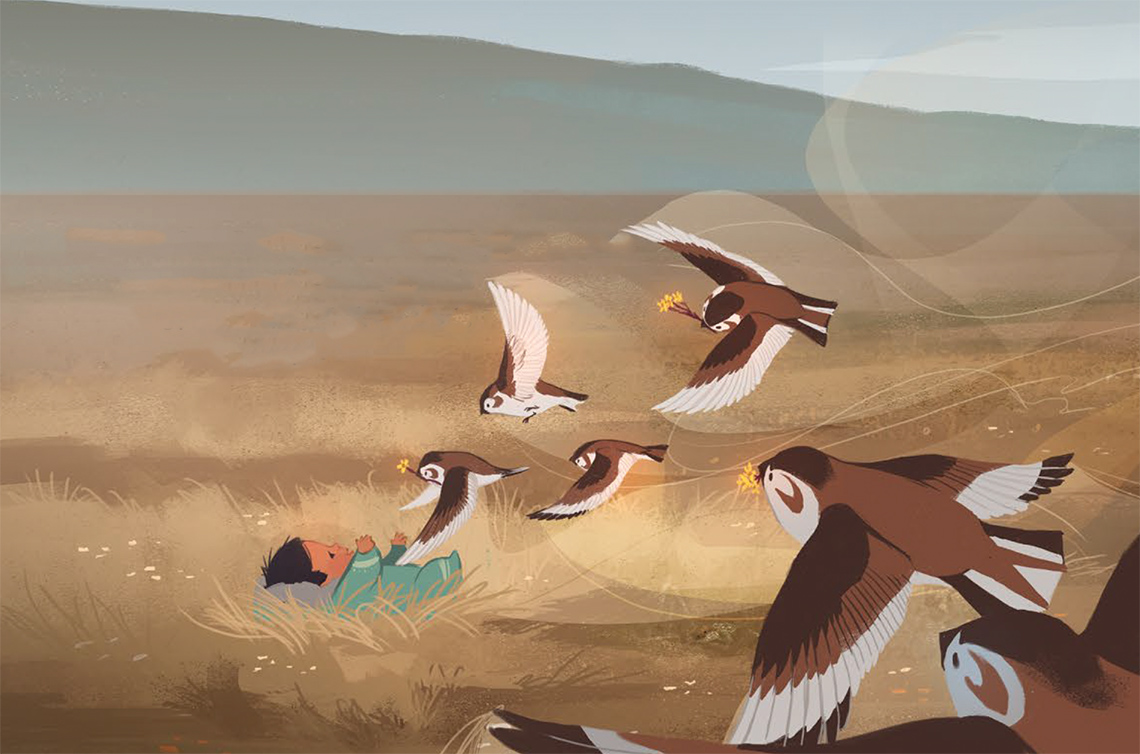
How does this animal move?
Snow buntings fly from place to place. They use their wings to fly.
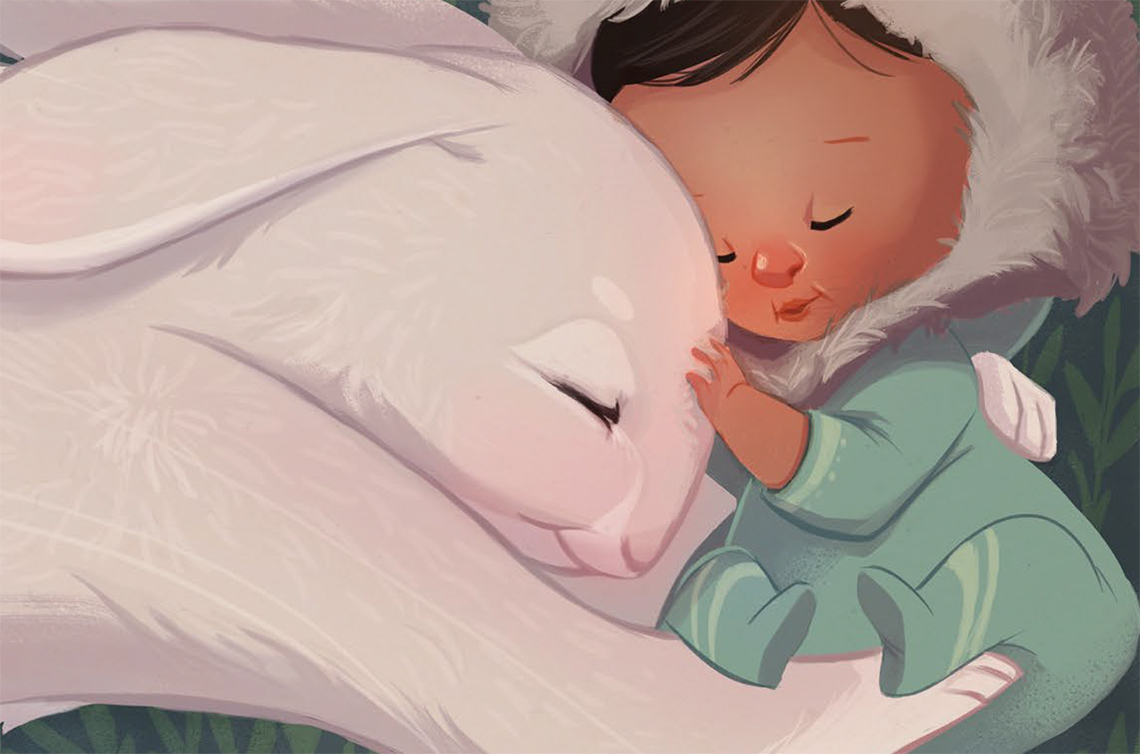
How does this animal move?
Arctic hares hop from place to place. They use their strong legs to hop.

How does this animal move?
Arctic foxes scurry and run from place to place. They use their short legs and strong feet to move.
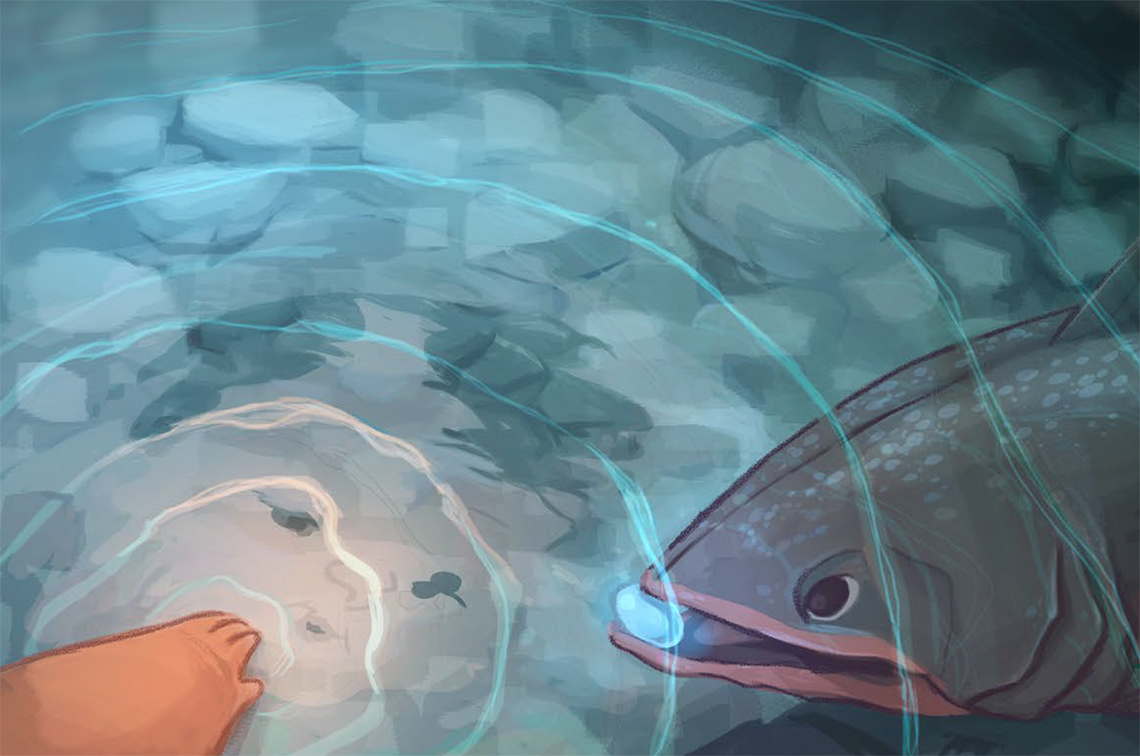
How does this animal move?
Arctic char swims in the water from place to place. Arctic char uses its fins and tail to move.
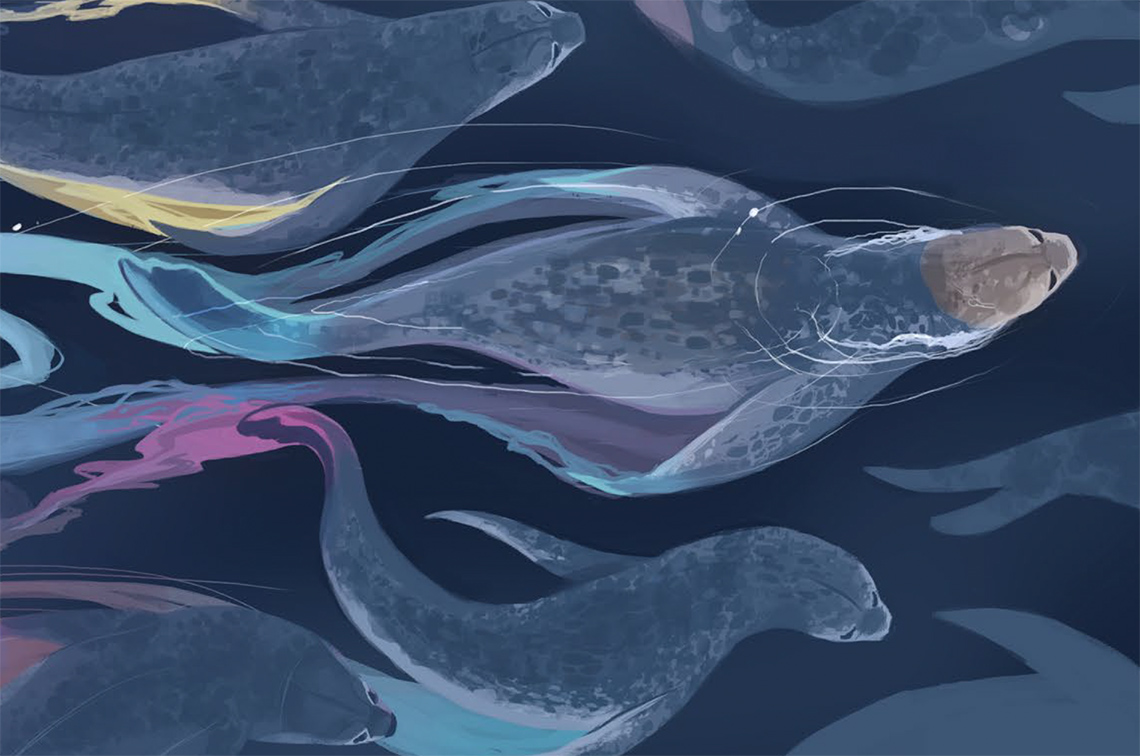
How does this animal move?
Seals swim in the water from place to place. Seals use their flippers and tails to move.
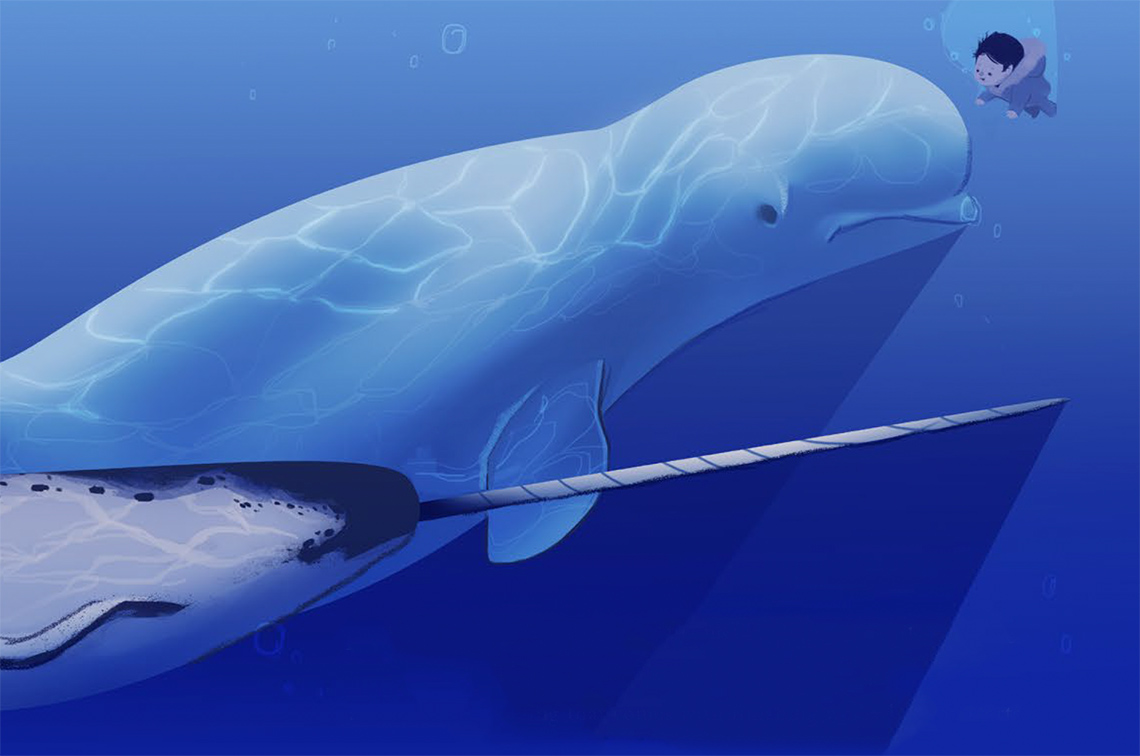
How do these animals move?
Narwals and beluga whales swim from place to place. They use their flippers and fins to move.
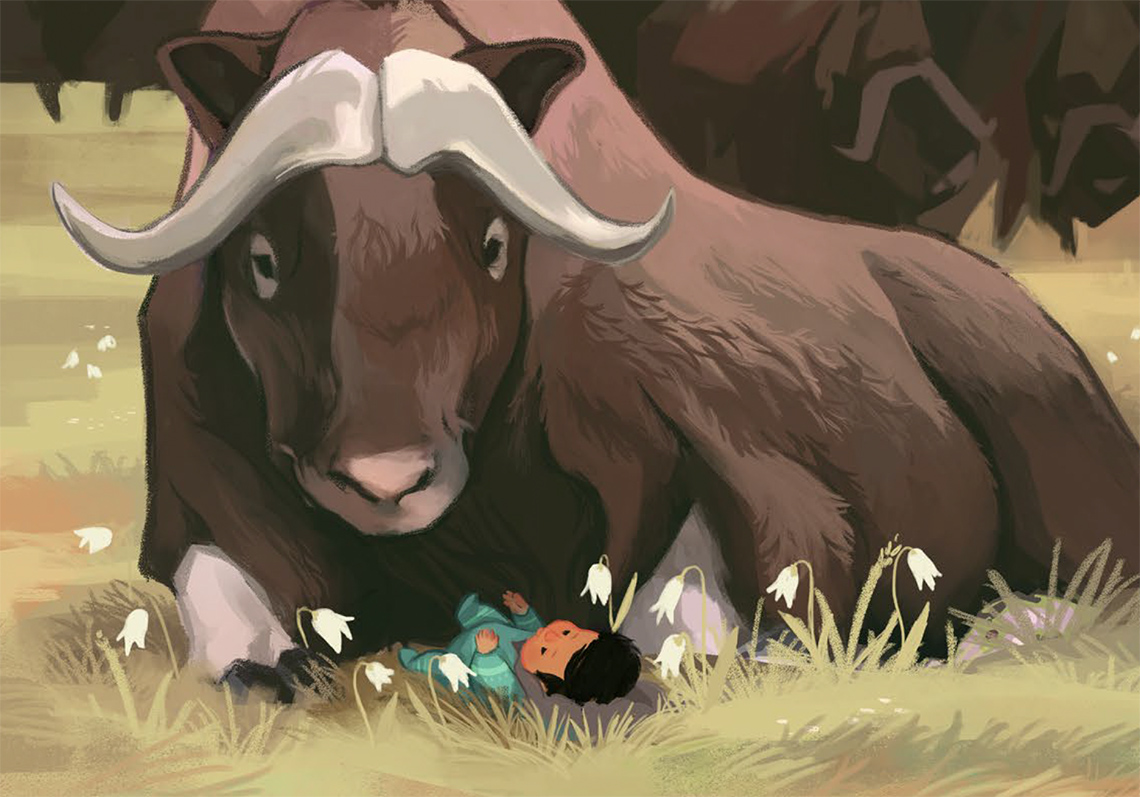
How does this animal move?
Muskox walk or gallop from place to place. They use their strong legs to move.
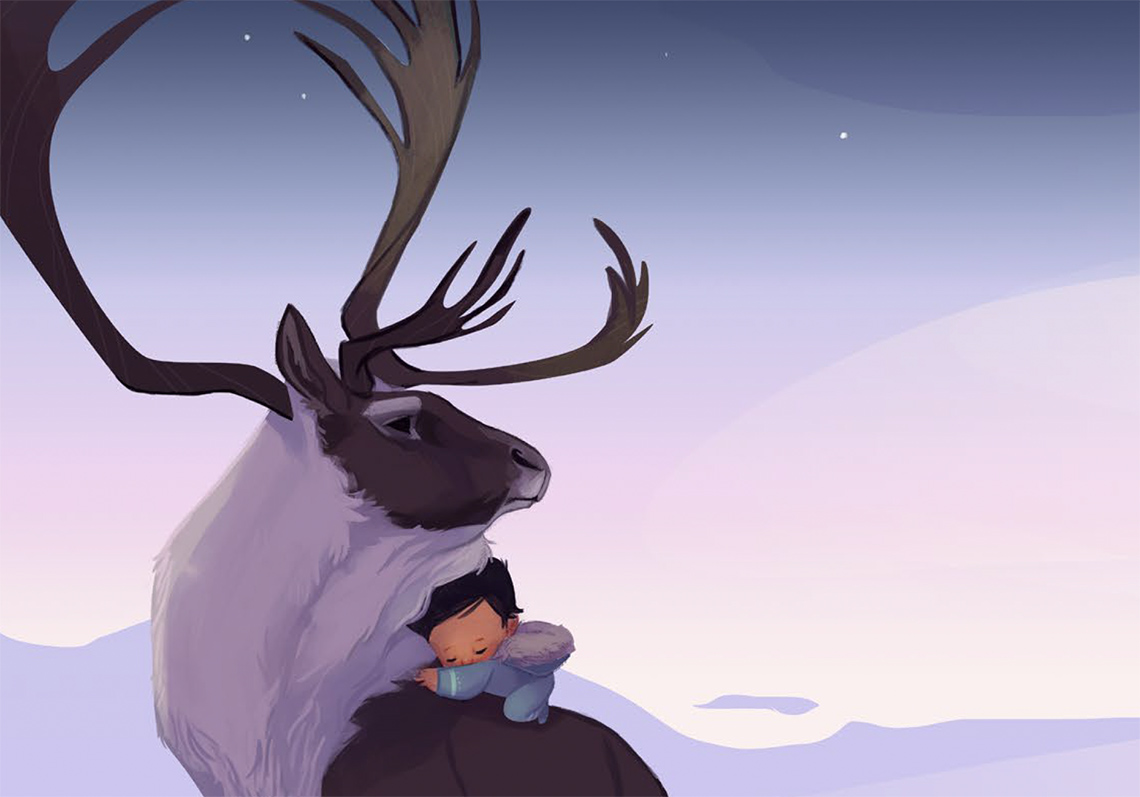
How does this animal move?
Caribou walk and gallop from place to place. They use their long legs to move.
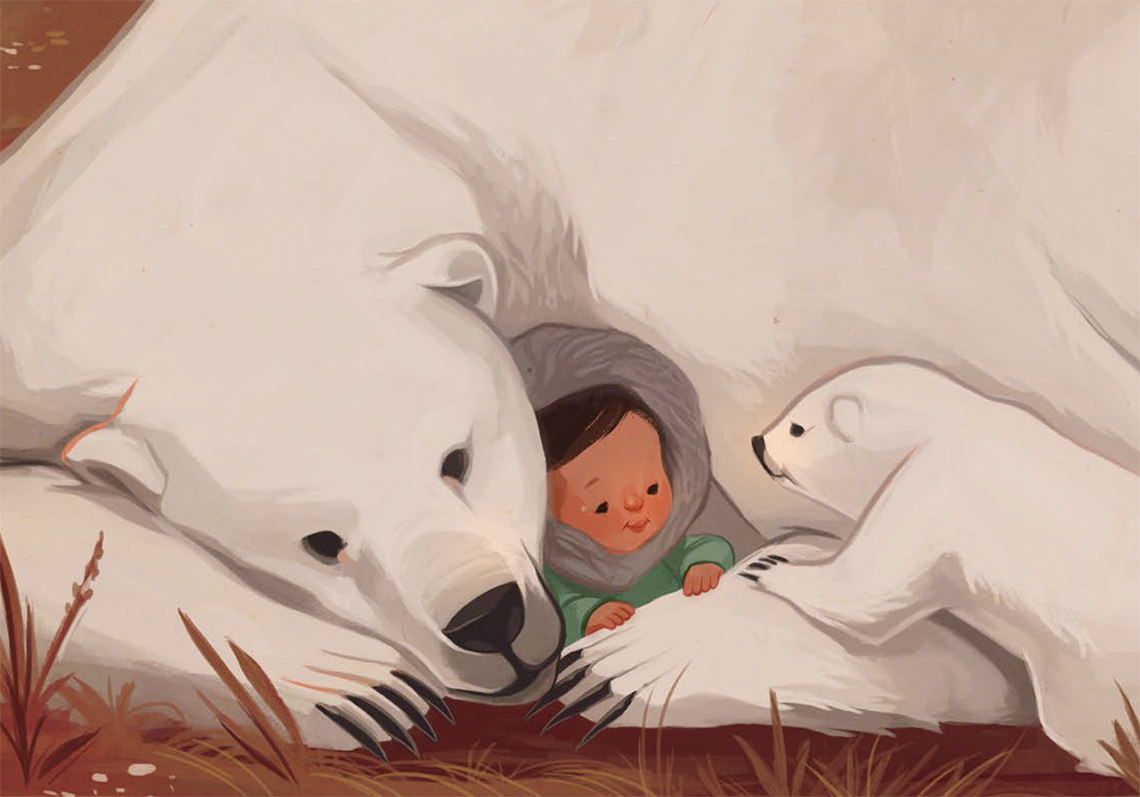
How does this animal move?
Polar bears can swim or walk to move from place to place. They have webbed feet that help them swim fast in the water.
Go!

What else do you notice about their movements?
If the animal made a sound, what do you think it might be?
Consolidation
Putting it all together

How do they move?
Choose one of the Arctic animals from the story. Think about…
- Does the animal move slow or fast?
- Does the animal run or walk?
- Does the animal hop or swim?
How can I share that?
How would you explain the movements of your Arctic animal? You might pretend to be your animal to think about what they might do. This type of pretending is called being in role.
Choose one of the options below.
- Act it: Act out the animal’s movement.
- Tell it: Tell a friend about how the animal moves from place to place.
- Draw it: Draw the animal using a method of your choice.
- Record it: Describe the animal’s movements in an audio recording.
Portfolio
Drama portfolio
Consider adding the answers to the following reflection questions to your drama portfolio.
- What did you learn about your animal after pretending to become them or being them in role?
- What else would you like to know about how Arctic animals move?
Share your thoughts with a partner, record your ideas using pictures or words, or create an audio clip.
Reflection
How do you feel about what you have learned in this activity? Which of the next four sentences best matches how you are feeling about your learning? Press the button that is beside this sentence.
I feel…
Now, record your ideas about your feelings using a voice recorder, speech-to-text, or writing tool.